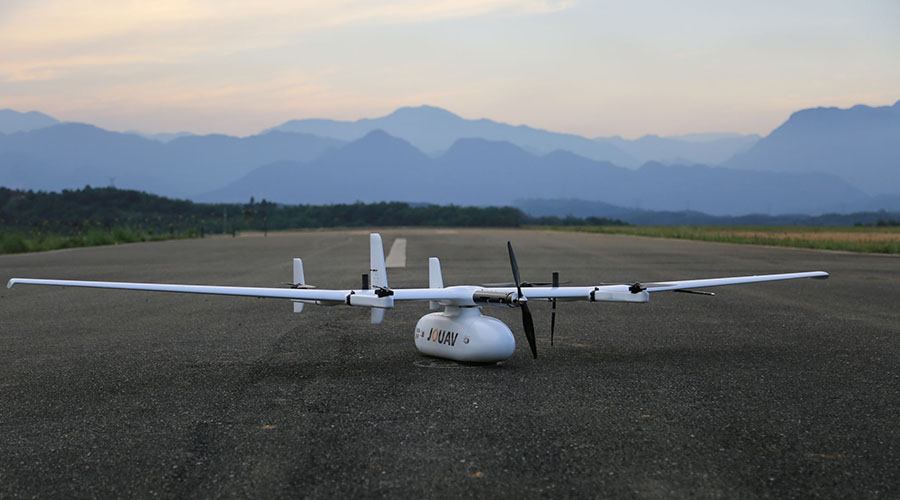Value of Drones

Advanced thermal drones used in industrial inspections.
Drones designed for aerial photography and videography.

Long-range drone for surveying and mapping large areas.

Multi-purpose drone for agriculture and environmental monitoring.
Drones, also known as unmanned aerial vehicles (UAVs), have proven to be game-changers in numerous industries due to their versatility, cost-efficiency, and ability to access hard-to-reach areas. The value of drones lies in their capability to perform tasks that would traditionally be difficult, time-consuming, or dangerous for humans.
Agriculture
Drones in agriculture help farmers monitor crops, manage irrigation, and even detect pest infestations. Drones equipped with specialized sensors can capture high-resolution data, providing detailed insight into soil health, crop conditions, and water levels, which allows for more accurate and efficient farm management.
Construction and Infrastructure
In construction, drones are used to monitor site progress, inspect buildings, and create 3D models of terrain. They provide real-time data and aerial views, improving project management and safety on large construction sites. Drones allow construction teams to access difficult-to-reach areas safely, without the need for scaffolding or other traditional inspection tools.
Public Safety
Drones are revolutionizing public safety, particularly for law enforcement, fire departments, and search-and-rescue operations. They provide real-time aerial footage during emergency situations, allowing responders to assess danger zones without exposing themselves to harm. In firefighting, drones equipped with thermal cameras can detect hotspots and monitor wildfires. Law enforcement agencies use drones to monitor large public events, assist in crowd control, and track suspects from a safe distance.
Environmental Monitoring
Environmental agencies use drones for wildlife monitoring, forest health assessments, and pollution tracking. Equipped with sensors, drones can monitor air quality, detect illegal logging, track wildlife populations, and measure the health of coral reefs. They provide a non-intrusive way to gather data from sensitive or remote areas.
Media and Entertainment
The media and entertainment industries rely on drones to capture stunning aerial footage that would otherwise require expensive helicopters or cranes. Drones are used in film production, news reporting, and live event coverage, providing dynamic shots from angles that were previously inaccessible or prohibitively expensive. Drone cinematography is transforming the way media is produced and consumed.
Logistics and Delivery
Drones are poised to revolutionize logistics and delivery services by offering fast, cost-effective, and eco-friendly solutions for last-mile delivery. Companies like Amazon are testing drone delivery systems that can transport small packages directly to customers, reducing delivery times and congestion in urban areas.
Industrial Inspections
In industries like oil and gas, drones are essential for inspecting pipelines, storage tanks, and power lines. Using drones for inspections reduces downtime, improves worker safety, and lowers costs by allowing for more frequent, detailed inspections. Drones equipped with thermal imaging cameras can detect gas leaks or weak spots in infrastructure before they become serious issues.
Healthcare
Drones have the potential to impact healthcare by delivering medical supplies, vaccines, and even organs to remote or inaccessible areas. During emergencies, drones can quickly transport critical supplies to areas cut off by natural disasters or conflict. In rural regions, drone delivery could ensure life-saving medications reach patients quickly.
